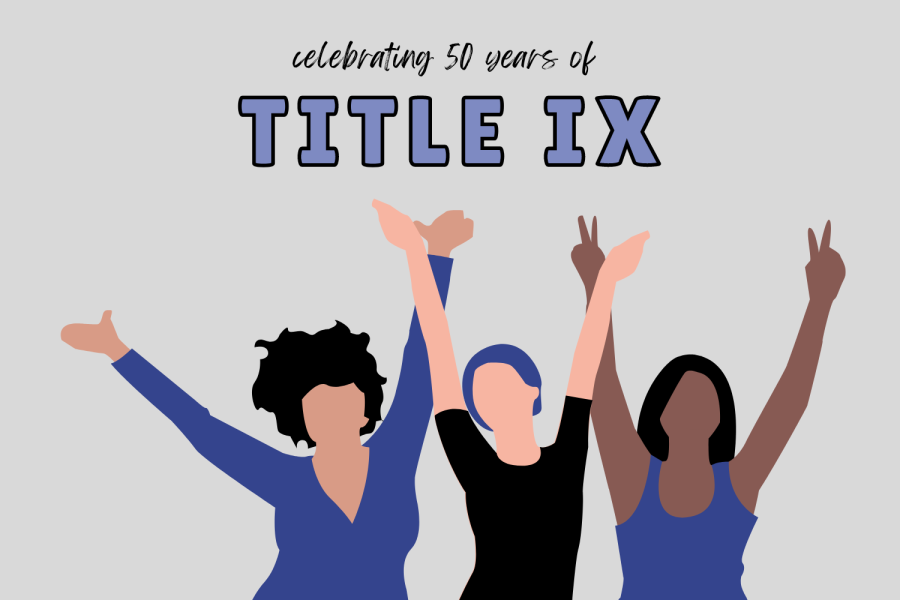Upon mentioning Title IX, most people associate the legislation with how it changed the landscape of women’s collegiate sports. As a matter of fact, this year, the United States celebrated National Women and Girls in Sports Day during the 50th anniversary of Title IX’s passing.
However, its efforts go far beyond combating sex-based discrimination in sports. Comprehending the rights outlined in Title IX is crucial to knowing your rights.
Outside of athletics, Title IX has provided women with an immense increase in educational opportunities. According to the U.S. Bureau of Labor Statistics, before Title IX was passed, around 11% of women held a bachelor’s degree or higher. In 2016, about 41% of women had a bachelor’s degree or higher.
This vital piece of legislation applies to all educational programs and activities in the United States that receive federal funding, including the programs in private schools.
Title IX’s benefits expand further than the students. Faculty members, teachers, and staff are also protected under this law. Equal job opportunities and access to teaching resources are examples of protections for non-students.
Title IX has also outlined the punishment for discriminating against others on the basis of sex while in an educational setting.
These protections require schools to distribute equal amounts of aid, counseling, course offerings, health benefits, and more to all genders. Most notably, the requirement to award the same amount of men’s and women’s athletic scholarships has dramatically increased opportunities for female collegiate athletes.
Recently, Title IX has also been expanded to protect members of the LGBTQ community.
In 2021, the U.S. Department of Education reaffirmed that Title IX includes the students’ protection from gender identity and sexual orientation-based discrimination. It requires that schools respect transgender students’ gender identity in terms of dress code, name, pronouns, and access to facilities that are separated by sex.
Following the Supreme Court’s decision in Bostock v. Clayton County, the Biden administration and the U.S. Department of Education plan to expand Title IX’s protections that mainly apply to the LGBTQ community. In the majority opinion, Justice Neil Gorsuch stated that an employer couldn’t fire an employee for the sole reason they are gay or transgender.
“We sought to align our [new] Title IX regulations with the Supreme Court’s decision in Bostock v. Clayton County,” said Education Secretary Miguel Cardona on a call with reporters in June 2022.
When this law was initially passed, it left gaps in defining precisely who was protected from sex-based discrimination. The Biden administration and the U.S. Department of Education aim to be more inclusive of people in the groups under Title IX protection.
Despite its advantages, these new expansions have faced opposition from some, namely the Ohio Board of Education. Critics argue that the creators of this legislation meant the law only protects people from sex-based discrimination from a physiological standpoint. In other words, a person’s gender at birth.
This opposition violates a citizen’s Fourteenth Amendment rights that guarantee equal protection under the law—not allowing the same protection to people whose gender-identity changes goes against the fundamental rights of an American citizen.
Changes to Title IX are still underway as people continue to debate how sex-based discrimination should be interpreted. Regardless, this legislation has set a precedent for gender equality in our education system.












